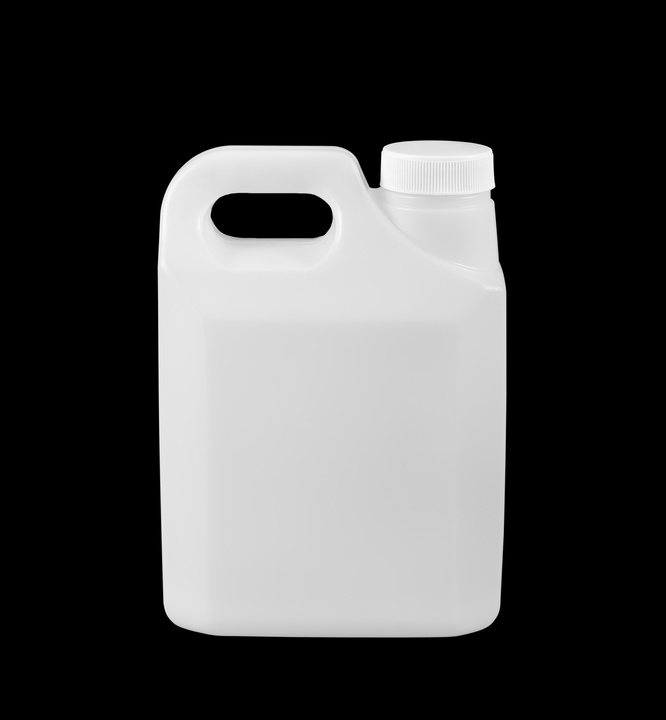
Did you know that the plastics industry is the third-largest manufacturing industry in the United States today? It provides jobs to around one million workers and is responsible for a $375 billion contribution to the economy every year. Globally, we produce and use around 600 billion pounds of plastic on an annual basis and the market isn’t showing signs of dropping off, continuing to grow at around 5% every year. For example, in 2013, 107.5 billion pounds of plastics and resins were manufactured, compared to 2012’s 105.9 billion pounds. Recycling has helped us figure out innovative ways to reuse the plastic we consume — the National Association for PET Container Resources reported that over 5,500 pounds of PET bottles and jars could be recycled in 2013. But where does all this plastic come from? Why do we love plastic so much? What is the process like to create the bottles, jars, and other types of packaging that we use every day?
Why Is Plastic So Popular?
Plastic is relatively cheap to produce and easy to manufacture — and it stretches. For example, only two pounds of plastic can be used to hold 1,300 ounces (around 10 gallons) of a beverage. To get the same numbers, you’d need three pounds of aluminum, eight pounds of steel, or 40 plus pounds of glass. The reduced amount of materials needed translates into lower production costs. Furthermore, plastic can be molded into any number varieties of containers and packaging, giving it greater versatility.
Furthermore, plastic takes up less space than glass or metal and is lighter to transport, reducing shipping and freight costs. It’s also more durable than glass, so doesn’t need the kind of careful handling that glass requires.
How Is Plastic Made?
Plastic can come from natural gas, oil, coal, and even minerals and plants.However, most plastic actually derives from crude oil, so plastic starts in an oil refinery, as oils are distilled, using either polymerization or polycondensation. After these processes have taken place, there are two main types of plastics left — thermoplastics and thermosets.
Thermoplastics can be easily shaped, as heat will make them soften. They can be then molded and hardened into shape when they cool. Some examples of thermoplastics are packaging, plastic bottles for water or soda, PVC, and car and truck bumpers.
With thermosets, once they’ve been molded, they’ll never be able to be reshaped, as they won’t soften again. Some examples of thermosets are mattresses, bathtubs, plywood, and some electrical appliances.
Other additives may also be added during the process to gain different types of properties, such as colored bottles, weather resistant plastics, or to make it flame retardant or anti-microbial.
After the plastic itself is made, it then goes through different types of manufacturing to wind up in its final shape, as packaging, bottles, containers, or other forms.
What are Some of the Ways Plastics Are Being Manufactured?
There are three main types of molding processes, such as extrusion blow molding, injection blow molding, and stretch blow molding that manufacturers can choose from today. The typical blow molding machine has three main parts, which are the extruder, accumulator die, and the molds where the containers are processed into different shapes and sizes.
Extrusion Blow Molding
In extrusion blow molding, the plastic is melted and thrust into a hollow tube, which is closed into a cooled metal mold. Air is blown into the tube, which inflates it into the appropriate shape.
Injection Blow Molding
In injection blow molding is injected onto a core pin that gets rotated to be inflated and then cooled. This is typically used to make large numbers of hollow glass and plastic objects.
Stretch Blow Molding
With stretch blow molding, the injection molded perform is pre-heated and then stretched. After that, it gets blown into the right shape with a stretch blow molding machine.
Next time you pick up a soda bottle or remove the packaging from a new appliance, consider the many hands and steps it’s taken to land in your hands.